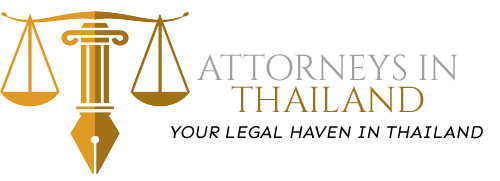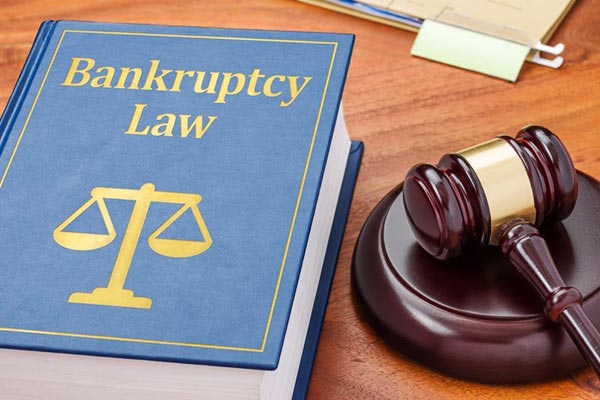Bankruptcy in Thailand. Bankruptcy, or insolvency, is a legal condition where an individual or entity is unable to meet its financial obligations. While the concept is universal, its implementation and implications can vary significantly across different countries. This article aims to provide a comprehensive overview of bankruptcy in Thailand, delving into its legal framework, procedures, and potential consequences.
Legal Framework
Thailand’s bankruptcy laws are primarily governed by the Bankruptcy Act of B.E. 2482 (1939), with subsequent amendments. The Act outlines the procedures for declaring bankruptcy, the rights and obligations of debtors and creditors, and the role of the bankruptcy court.
Types of Bankruptcy
Thailand recognizes two primary types of bankruptcy:
- Voluntary Bankruptcy: This occurs when a debtor voluntarily petitions the court to be declared bankrupt. This option is often chosen by individuals or businesses facing overwhelming debts and seeking relief from creditors.
- Involuntary Bankruptcy: In this case, creditors initiate proceedings to have a debtor declared bankrupt. This is typically pursued when a debtor is deemed to be insolvent and unable to meet its obligations despite efforts to restructure or repay debts.
Bankruptcy Procedures
The bankruptcy process in Thailand involves several key steps:
- Petition Filing: The debtor or creditor files a petition with the bankruptcy court, outlining the grounds for bankruptcy and providing necessary documentation.
- Court Hearing: The court conducts a hearing to assess the validity of the petition and determine if the debtor is indeed insolvent.
- Appointment of Trustee: If the court grants the bankruptcy petition, a trustee is appointed to manage the debtor’s assets and liabilities. The trustee’s responsibilities include collecting assets, selling property, and distributing proceeds to creditors according to a predetermined priority order.
- Rehabilitation or Liquidation: Depending on the circumstances, the court may order rehabilitation or liquidation. Rehabilitation aims to restructure the debtor’s finances and allow them to continue operating while repaying debts. Liquidation involves selling the debtor’s assets and distributing the proceeds to creditors.
- Discharge of Debt: Once the bankruptcy proceedings are concluded, the debtor may be granted a discharge of debt, relieving them of certain financial obligations. However, certain debts, such as those arising from fraud or willful misconduct, may not be discharged.
Consequences of Bankruptcy
Bankruptcy can have significant consequences for both debtors and creditors. Debtors may face limitations on their financial activities, such as obtaining credit or purchasing property. Creditors may not recover the full amount of their debts and may have to write off losses.
Recent Developments and Challenges
Thailand has witnessed notable developments in its bankruptcy laws over the years. The government has implemented reforms to streamline the bankruptcy process and enhance its effectiveness. However, challenges remain, such as the stigma associated with bankruptcy and the need for further improvements in the enforcement mechanisms.
Conclusion
Bankruptcy in Thailand is a complex legal process with far-reaching implications. Understanding the legal framework, procedures, and consequences is crucial for individuals and businesses facing financial difficulties. While the bankruptcy system has undergone advancements, ongoing efforts are necessary to ensure its efficiency and fairness.


